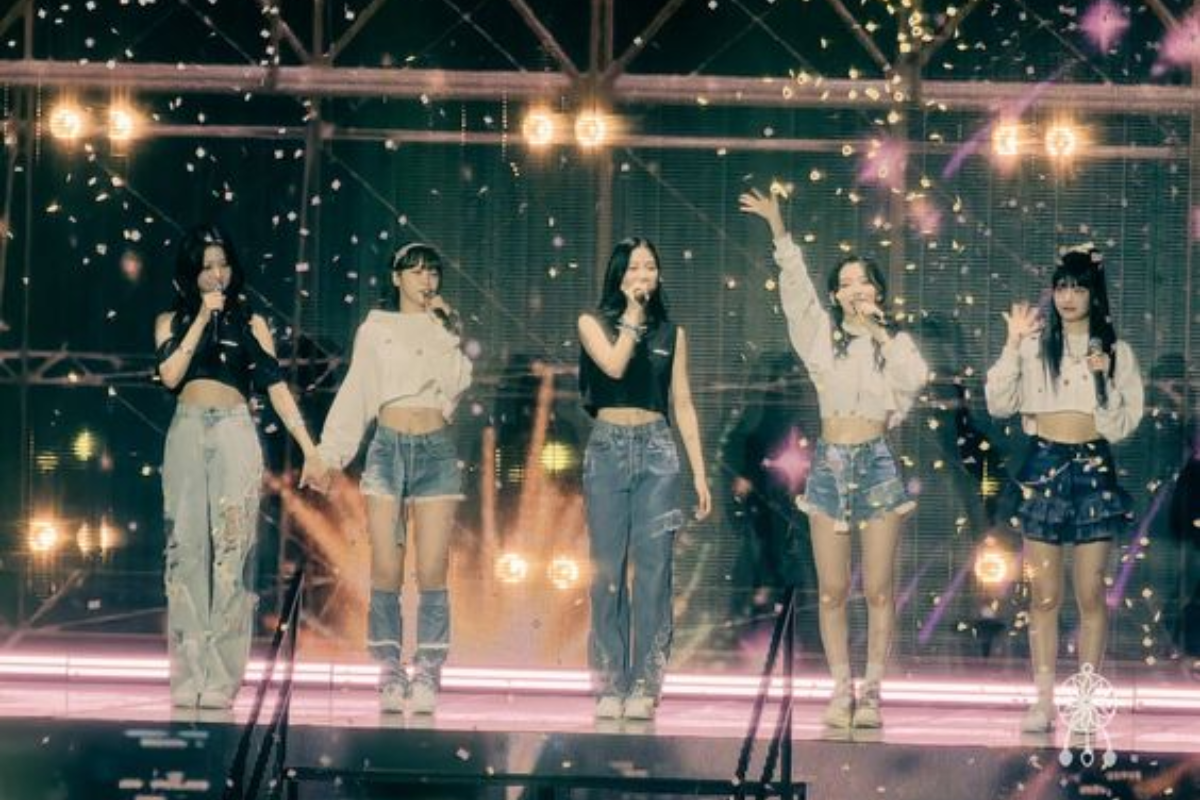According to Edaily, the negative effects of K-pop’s rapid industrialization are becoming apparent everywhere. While the scale of the K-pop industry has expanded significantly in recent years, there are increasing concerns about its diminishing competitiveness due to a lack of distinctiveness among its idols.
Experts point out that the internal conflict between HYBE Corporation and ADOR CEO Min Hee-jin, which recently surfaced, is a result of a long-standing issue. The conflict began when Min Hee-jin accused ILLIT, a group under Belift Lab, a HYBE subsidiary, of copying ideas from NewJeans (managed by ADOR). Edaily noted that this is in stark contrast to HYBE’s previous claims of creating synergy through diverse artistic styles.
From HYBE’s case, many experts are worried that K-pop is prioritizing fame and profit over individuality and musical identity. In such a scenario, K-pop could experience an immediate decline.
Shim Hee-cheol, a professor of entertainment management at Dong-ah Institute of Media and Arts, said: “The term ‘pop’ in ‘K-pop’ implies that this genre of music is highly popular. However, if K-pop focuses solely on mainstream appeal, it could repeat the same fate as J-pop, which lost its competitiveness due to standardized music.“
Mass-Produce K-pop Idols
HYBE is the leading entertainment company in South Korea. It quadrupled its revenue from 441 million USD in 2019 to 1.6 billion USD in 2024. HYBE has grown so rapidly that it is considered a “force” in K-pop. This achievement was made possible through its “multi-label system,” which consists of various subsidiaries.
Through this multi-label system, HYBE has been fostering the next generation of K-pop stars following BTS. NewJeans, for instance, has dominated the Billboard singles and album charts. They are now considered a top K-pop group and recently ranked third on Korea’s list of the 40 most powerful celebrities, behind only BlackPink and soccer player Son Heung-min.
Other HYBE groups like TXT, ENHYPEN, and LE SSERAFIM have also achieved success not only in South Korea but also in the US and Japan. This is the result of each subsidiary competing to create unique content.
However, the recent conflict between HYBE and Min Hee-jin has raised concerns about the individuality and uniqueness of K-pop. HYBE has accused Min Hee-jin of attempting to take control of ADOR, despite HYBE owning 80% of the company. Min Hee-jin responded by accusing HYBE of allowing ILLIT to intentionally copy NewJeans.
In a previous press conference, Min Hee-jin stated, “If you copy NewJeans, that group will become a second NewJeans, and this will lead to a negative outcome for the company in the long run.” Min expressed frustration with HYBE’s focus on short-term profits at the expense of artistic individuality and its subsidiaries’ creative freedom.
Experts believe the controversy over ILLIT copying NewJeans is significant, as it involves a leading company in the entertainment industry.
Min Hee-jin criticized HYBE for “enabling” Belift Lab to copy NewJeans and condemned the industrialization of K-pop. She pointed out that K-pop often capitalizes on popular trends to make quick profits. Consequently, experts fear that K-pop is becoming a “factory” for mass-producing idols. In recent years, catchy music has been the secret to making groups popular, and many have also released English songs as part of their strategy to target the US market.
Survival shows have also accelerated the process of turning K-pop into a “factory.” Judges and trainers often select contestants based on how well they meet public expectations rather than recognizing new faces with unique talent.
Popular culture critic Jeong Deok-hyun stated, “This seems to be the downside of the changing K-pop market. The music industry needs to rethink the multi-label system.“
The Future of K-pop
In contrast, in the US, major stars are born every year, including pop stars like Taylor Swift, Olivia Rodrigo, and Victoria Monét. They are all singer-songwriters who write their own music and tell their own stories. As a result, their music continues to grow in distinctiveness and competitiveness.
Experts suggest that K-pop should take a cue from the US and nurture diversity. Popular culture critic Kim Heon-sik said, “We need to establish a system that allows for a variety of music and artists to emerge.“
The practice of selling idol group albums with random photo cards of members is also one of the “chronic issues” in the K-pop music market, according to experts interviewed by Edaily. In reality, Korean entertainment companies are producing albums with multiple versions, and they randomly include photo cards or posters of group members in each album.
This means that each album version may have different production quality and design, and even within the same version, the albums contain entirely different photo cards. This is a tactic to increase album sales, as fans buy numerous albums in hopes of getting the photo cards or posters of their favorite members. This has led to situations where fans keep only the photo cards and discard the rest of the album, including the CDs.
Renowned music critic Lim Jin-mo stated, “K-pop is recognized for its visuals and performances. However, in a situation where it lacks artistic persuasiveness, I’m concerned that this will negatively impact K-pop’s golden era. We need to present an exemplary image that aligns with K-pop’s current global status.“
